Figures & data
Figure 1. Diagrammatic representation of the longswing with the gymnast rotating anti clockwise about the bar. The angular velocity about the circle angle Vicinanza et al. (Citation2018) and angular position of the gymnasts during the functional phases of the shoulder and hip joints from Irwin and Kerwin (Citation2005) are highlighted
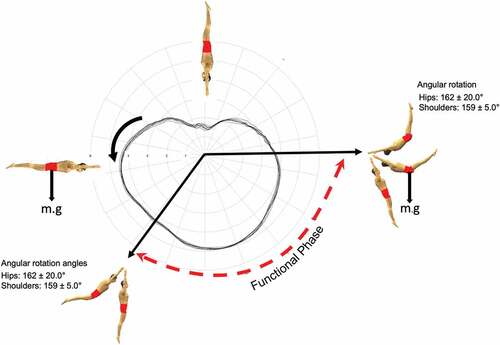
Table 1. Testing and training schedule: Initial Assessment of subjects, ensuring physical ability and safety, followed by four Testing sessions interspersed by two training sessions over a four-week period
Figure 2. Left: Schematic of CM and bar angular motion about the origin, defining the angle and angular velocity of the bar (θb, ωb) and CM (ΘCM, ωCM). Continuous relative phase of the bar – CM interaction (right) within a trial. CRPθA (initiation of first out of phase sequence); CRPθB (initiation of second out of phase sequence) and CRPθC (end of second out of phase sequence)
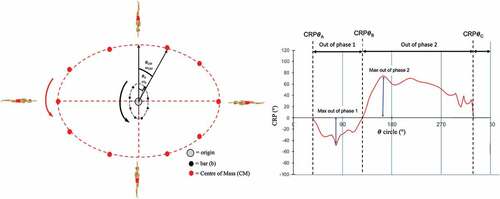
Figure 3. Peak swing height, θcircle (°), for individual subjects (left) and Groups (right) for each testing day (1–4)
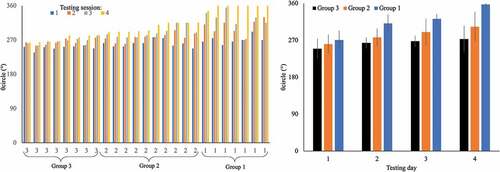
Figure 4. Vertical (z) and horizontal (y) CM and bar (Bar) position during the testing session 1–4, for two participants from Group 3 (top two rows) and two participants from the more successful Group 1 (bottom two rows). Group average angular position of the participants at the start and end of the hip (red arrow) and shoulder (blue arrow) functional phases for Group 3 (top two rows) and Group 1 (bottom two rows)
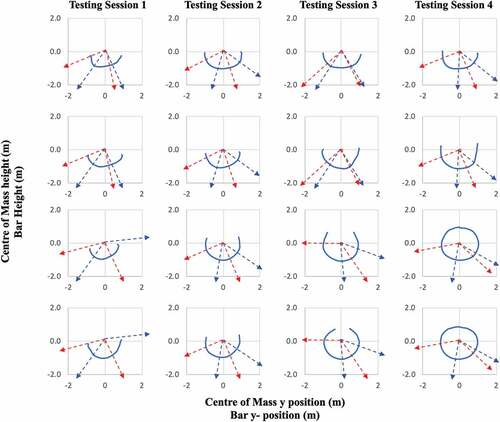
Figure 5. CM Dynamics during the Testing Session 1–4, for one participant from Group 1 (top row) and one participant from the least successful Group 3 (bottom row)
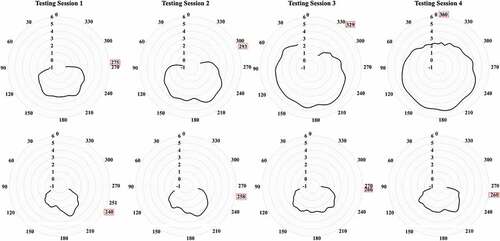
Table 2. Mean (m) and SD (s) of the angular position of the participant (Θc) at the start and end of the Functional phases of the hips (HΘc_start, HΘc_end) and shoulders (SΘc_start, SΘc_end) and joint angle (Θ) at the start and end of the Functional phases of the hips (HΘstart, HΘend) and shoulders (SΘstart, SΘend) during testing session 1–4
Figure 6. Group average for key continuous relative phase variables as a function of practice and skill level group
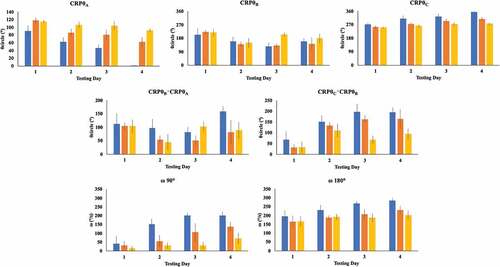
Figure 7. Individual participants continuous relative phase (CRP) of the CM – bar couple on testing day 1 and 4, against angular position of the gymnasts about the bar (θcircle). Highlighted are CRPθA (initiation of first out of phase sequence); CRPθB (initiation of second out of phase sequence) and CRPθC (end of second out of phase sequence). Top row represents group 3, middle row = group 2, bottom row = group 1
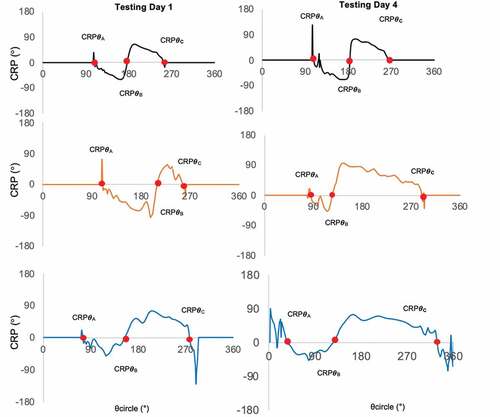
Table 3. Multiple step wise regression with maximum swing height (ΘMaxcircle) as the dependent variables
Table 4. Multiple step wise regression coefficients, constant and Beta (B). θMaxcircle as the criterion variable and each model relates to a specific testing day
Table 5. Linear regression matrix of the key variables associated with swing height
